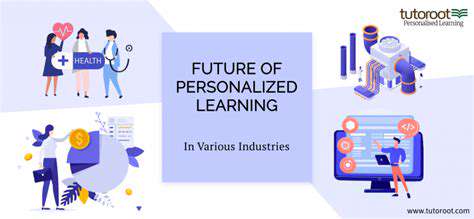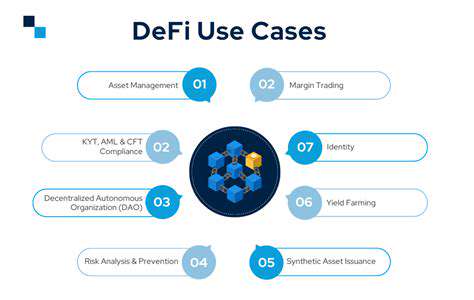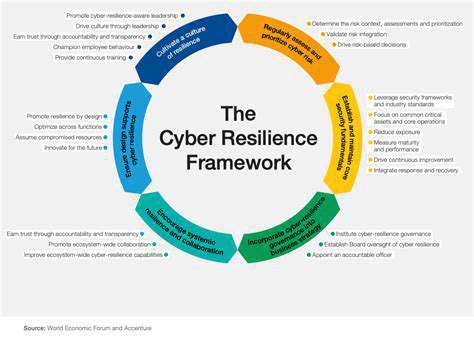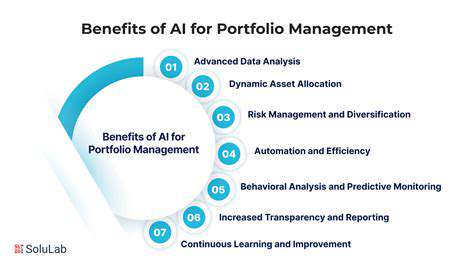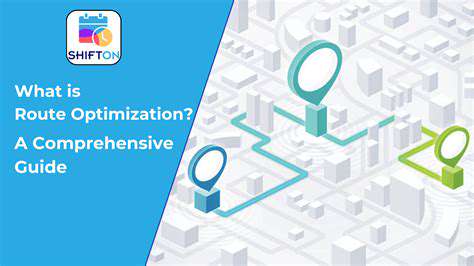Bias in Training Data
Generative AI models, while incredibly powerful, inherit the biases present in the data they're trained on. This isn't simply a matter of reflecting existing societal prejudices; it can lead to the amplification and even creation of new biases. If a training dataset predominantly features images of light-skinned individuals, for example, the model might generate images of people of color less frequently or with less detail, perpetuating existing stereotypes. This reinforcement of existing biases has significant societal implications, potentially leading to discriminatory outcomes in areas like loan applications, hiring processes, and even criminal justice. The insidious nature of these biases lies in their subtle and often unseen impact, making them difficult to identify and rectify without careful analysis and scrutiny of the training data itself.
Furthermore, the very nature of the data used to train these models can unintentionally introduce biases. For instance, if a significant portion of the data comes from a particular geographic region or social group, the resulting model might reflect that specific perspective, potentially leading to skewed or inaccurate representations of other groups. Moreover, the absence of diverse voices and perspectives in the training data can lead to the amplification of harmful stereotypes and prejudices, which can then be reproduced and disseminated through the output of the model. Understanding and mitigating these biases is crucial to ensuring the ethical development and deployment of generative AI.
Reinforcement of Harmful Stereotypes
One of the most concerning aspects of bias amplification in generative AI is its potential to reinforce harmful stereotypes. These models, trained on vast datasets, can learn and reproduce patterns that reflect and even exacerbate societal prejudices. For example, a model trained on news articles or social media posts that associate certain ethnic groups with criminality could produce outputs that perpetuate harmful stereotypes, leading to further discrimination and marginalization. This reinforcement of harmful stereotypes is not just a theoretical concern; it has the potential to impact real-world decisions and interactions, leading to negative consequences for individuals and communities.
The insidious nature of this bias amplification lies in its ability to normalize and even legitimize harmful stereotypes. By continually exposing users to these skewed representations, generative AI models can contribute to the perpetuation of societal biases. It is crucial to develop robust methods for identifying and mitigating these biases in the training data and model outputs. This requires careful consideration of the potential for harm and a commitment to ensuring that generative AI systems are used in ways that promote fairness and inclusivity.
The ability of generative AI to create novel content based on existing patterns raises significant ethical concerns. If the underlying patterns are biased, the generated content will also reflect and amplify these biases, potentially leading to the creation of new forms of discrimination. Therefore, careful consideration of the potential for harm and a commitment to ensuring equitable outcomes are paramount in the design and deployment of generative AI systems.
Bias in training data is not simply a matter of reflection; it is a process of reinforcement and amplification. The model learns these biases, further perpetuating them in its outputs. This cycle requires careful scrutiny and intervention to prevent the perpetuation of harmful stereotypes.


